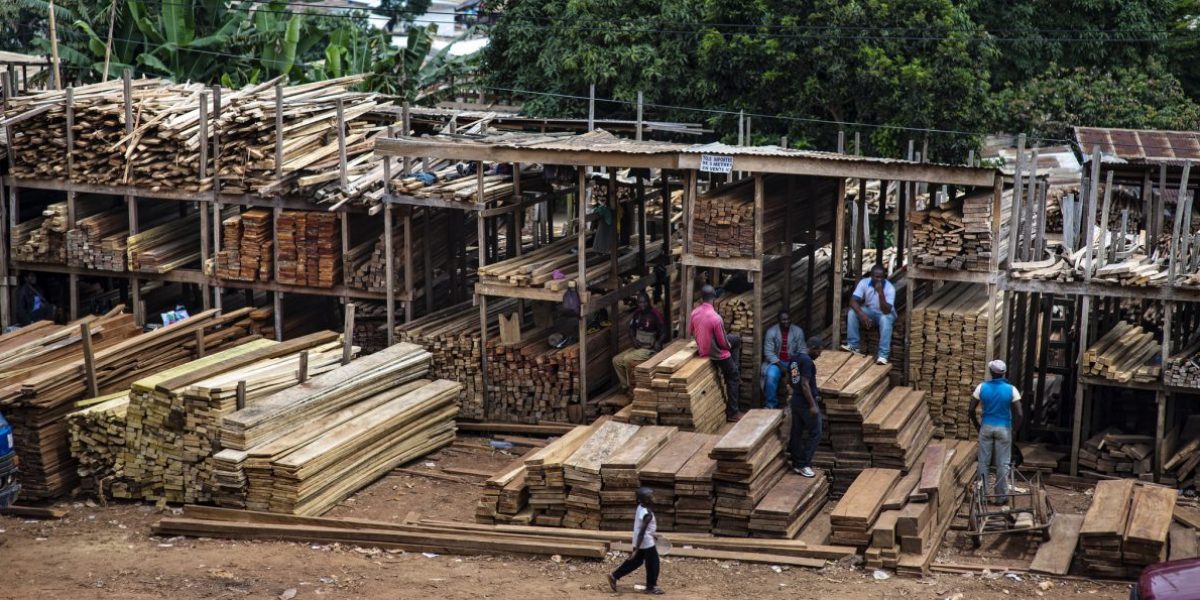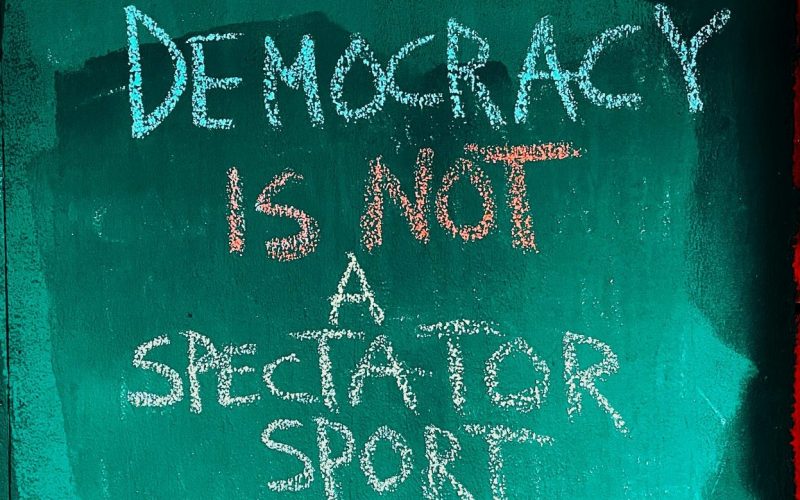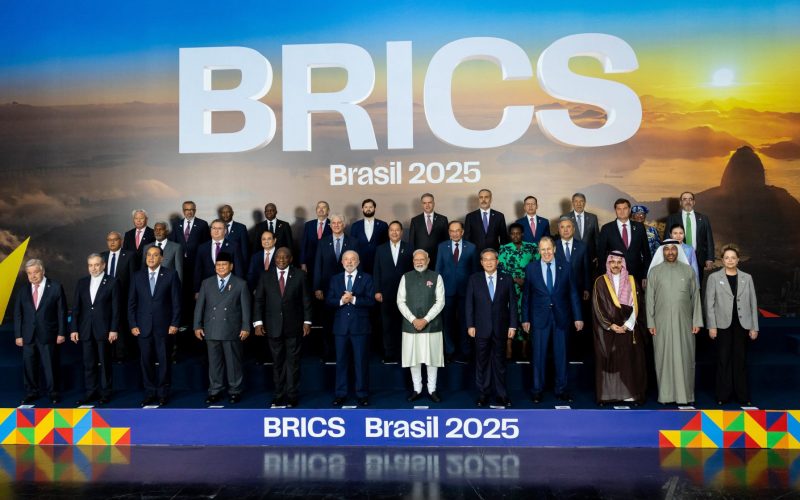REGIONALISATION has become the global game. The World Bank estimates that between 40% and 60% of world trade occurs within regional trading blocs. But Africa’s appetite for integration outstrips that of any other continent, according to a study by the Harvard Institute for International Development. This has led to an unsustainable situation where African countries often belong to four or more regional entities simultaneously.
A close examination of the various regional structures and agreements in southern Africa highlights the potential problems of overlapping membership, particularly among those with commit-ments to forming a customs union with common external tariffs and those negotiating economic partnership agreements with the European Union. Within southern Africa there are a number of regional integration agreements and bilateral agreements taking place within the context of the worldwide multi-lateral trading system. These include (among others):
- Southern African Customs Union (SACU)
- Southern African Development Community (SADC)
- Common Market for Eastern and Southern Africa (COMESA)
- East African Community (EAC)
- Indian Ocean Commission (IOC)
- Economic Community of Central African States (ECCAS).
While the existence of numerous agreements within the region in itself is not a problem – although it does mitigate the benefits to be obtained from integration – overlapping membership between the groupings has the potential to cause conflict and certainly imposes greater transaction costs on the business communities and governments. As these regional groupings move toward deeper trade and economic integration, these problems become more severe. The move toward free trade areas within the above groupings has so far been technically possible. But the next stage – establishing a customs union – is not.
Within a free trade area each country has autonomous control of their external trade agreements, but they cannot give more preferential treatment to any third party than they give to the current members of the FTA. Within a customs union, however, this autonomy is lost and each member of the CU must adopt the group’s common external tariff and apply this rate to all third parties. One country cannot realistically apply two different external tariffs.
This poses a major problem for the regional economic communities mentioned above, which have already implemented or are in the process of implementing a customs union. None of these groups is exclusive, with at least one member state belonging to another southern African entity. In the case of SADC, only Mozambique does not belong to another grouping – although discussions that may lead to Mozambique’s membership of SACU are underway. The overlapping multiple agreements would not be such a problem if there was an overall plan to synchronise the common external tariff of each group so that in the end they would all form one large trading bloc.
But such a long-term regional plan does not appear to be in place – other than the ultimate goal of establishing the African Economic Community by 2025.
Not only will there be theoretical, political, and logistical problems with all the above blocs attempting to form their own customs union, but the current agreements as they stand will be in contradiction of one another’s treaties. For example, Article XXXI paragraph 3 of the new SACU agreement prohibits members from entering into new agreements with third parties without the consent of the remaining member states. Thus, Swaziland cannot negotiate further with COMESA without the unlikely approval of the rest of SACU.
In terms of the SADC Protocol on Trade (Article XXVIII, paragraph 2), member states cannot enter into a preferential trade agreement with third countries that may:
‘impede or frustrate the objectives of [the] protocol and that any advantage, concession, privilege or power granted to a third country under such agreements is extended to other Member States.’
Article 56 of the COMESA Treaty states:
‘Member States are free to enter into bilateral or multilateral agreements provided that such agreements are not, and would not be, in conflict and do not undermine the COMESA FTA and CU.’
And Article 37 (4a) of the EAC Protocol on the Establishment on the East African Customs Union says:
‘A Partner State may separately conclude or amend a trade agreement with a foreign country provided that the terms of such an agreement or amendments are not in conflict with the provisions of this Protocol.’
A formal agreement toward the implementation of another common external tariff is ‘in conflict’ with the first agreement signed.
Another problem of overlapping membership has arisen with the current Economic Partnership Agreement (EPA) negotiations with the European Union. Ideally, each region would negotiate its own agreement, but due to the membership of different blocs, countries in southern Africa have had to create new groups from which to negotiate. South Africa has already negotiated its own agreement with the EU, and SADC has split two other ways as well, with several members joining a selection of COMESA members in pursuit of an agreement with the EU. And that’s just one example.
If the current blocs of SACU, SADC, COMESA and the EAC insist on forming their own customs unions, the current form of the regional integration agreements will not be sustainable. Several scenarios could emerge.
Scenario One: Equal sharing
If, due to political reasons, all four groupings have to remain, the distribution shown in Figure 1 would be the most likely and ‘fair’ scenario, where members are reasonably equally shared across the groups. As Mozambique has indicated a preference to join SACU, it has been placed in the SACU group, but if this does not materialise Maputo would be in the SADC group. Likewise, Madagascar has indicated a preference to join SADC (hence questioning their commitment to COMESA), so they have been placed in the SADC group. Otherwise, the SACU countries would pull out of SADC, the joint SADC/COMESA countries leave COMESA and the EAC countries pull out of their other groups. This scenario does, however, maintain a fragmented approach to integration with many of the gains already achieved being lost.
Scenario Two: SADC, SACU merge
Figure 2 depicts a merger between SACU and SADC – or rather the gradual expansion of SACU to incorporate the rest of SADC – with Tanzania withdrawing from SADC and the COMESA SADC countries withdrawing from COMESA. While this is theoretically possible, given the depth of integration and complexity of the SACU agreement (and the fact that it took eight years to negotiate the new agreement between five existing members) it is unlikely that such a merger could realistically take place in the near future. Nevertheless it is possible. There may however be some ‘cherry picking’ whereby certain SADC countries are invited into the expanded SACU (as is possibly the case currently with Mozambique) and others are left to stay in COMESA. In this scenario we also see the EAC maintaining its identity. There is cohesiveness within East Africa which is only otherwise seen in the SACU region. In this scenario COMESA ends up as a rather weak institution covering the Great Lakes, the Horn and northeast Africa.
Scenario Three: Strong COMESA
A third scenario, depicted in Figure 3, is that COMESA becomes a dominant group in the region, and forms a customs union in the relatively near future, maintaining all its current members except Swaziland, which has to stay with SACU, but gains Tanzania after an absence of a few years. Thus those joint members of SADC and the EAC are locked into COMESA. This is based on the assumption that the EAC customs union merges with the COMESA customs union or else that the COMESA customs union is formed before that of the EAC. This then just leaves Mozambique, which joins SACU – something that is already on the cards. This scenario may be somewhat more feasible than some of the others, although it also will be difficult as those SADC countries north of the Limpopo may not want to lose the South African connection. The solution could only be in terms of developing a free trade area between the two remaining blocs of SACU and COMESA.
Scenario Four: One happy family
In terms of the African Union, one happy family covering eastern and southern Africa would be the ideal. Under this scenario all current regional economic communities agree to harmonise their current strategies and form one large regional trading bloc. In time, this bloc would be able to merge with those from Central, West and North Africa to form the African Economic Community, as per the Abuja Treaty of 1991.
The above scenarios depict the kind of options that may be followed. It must be remembered that Europe went through a process of varying memberships, rationalisation and groupings until the current situation was reached earlier this year with a 25-member European Union and a four member European free trade area, both of which are linked together by the Agreement on the European Economic Area.
What final bloc or blocs emerge in southern Africa is to some extent less important than the process and the timing by which the rationalisation process takes place. Otherwise, resources (human and financial) that are already scarce will continue to be stretched even further. Some rationalisation has already started. Over the last five years, COMESA has seen the withdrawal of Lesotho, Mozambique, Tanzania and, most recently, Namibia. Seychelles has left SADC. These are choices made for political and economic reasons.
Alongside this, however, is the continuing growth of the problem with the possibility of Mozambique joining SACU and the strong likelihood of Madagascar joining SADC in the near future. Furthermore, Rwanda, while being a member of COMESA (as well as ECCAS) has recently requested membership of both the EAC and SADC, although both institutions have put this request on the back burner. Does this indicate a collapse of COMESA? Probably not, because at the same time COMESA is clearly achieving progress through its free trade agreement with 11 members already trading without any tariff barriers. Furthermore, COMESA has made progress in preparations for the EPA negotiations and is giving strong support to its member states. Hence the decision by Malawi, Mauritius, Zambia and Zimbabwe to negotiate their EPA with selected COMESA states rather than under SADC.
SACU will continue to exist, albeit in a possibly expanded format in years to come. It has been around for a hundred years and will not disappear overnight. The old arrangement worked for the benefit of its members. The new arrangement is also bringing about benefits for its members. Another important fact is that South Africa is a major player in the region, from both a trade and investment perspective.
Southern Africa may be going through a similar process now to what happened in Europe and may end up with a Southern African Economic Area arising from a free trade agreement between an expanded SACU (possibly merged with SADC or parts thereof) customs union and the COMESA (possibly merged with EAC) customs union. Whichever way the groupings go, it is time for our political leaders now to start making some hard choices, based on an economic as well as political rationale, to make progress with rationalisation.









